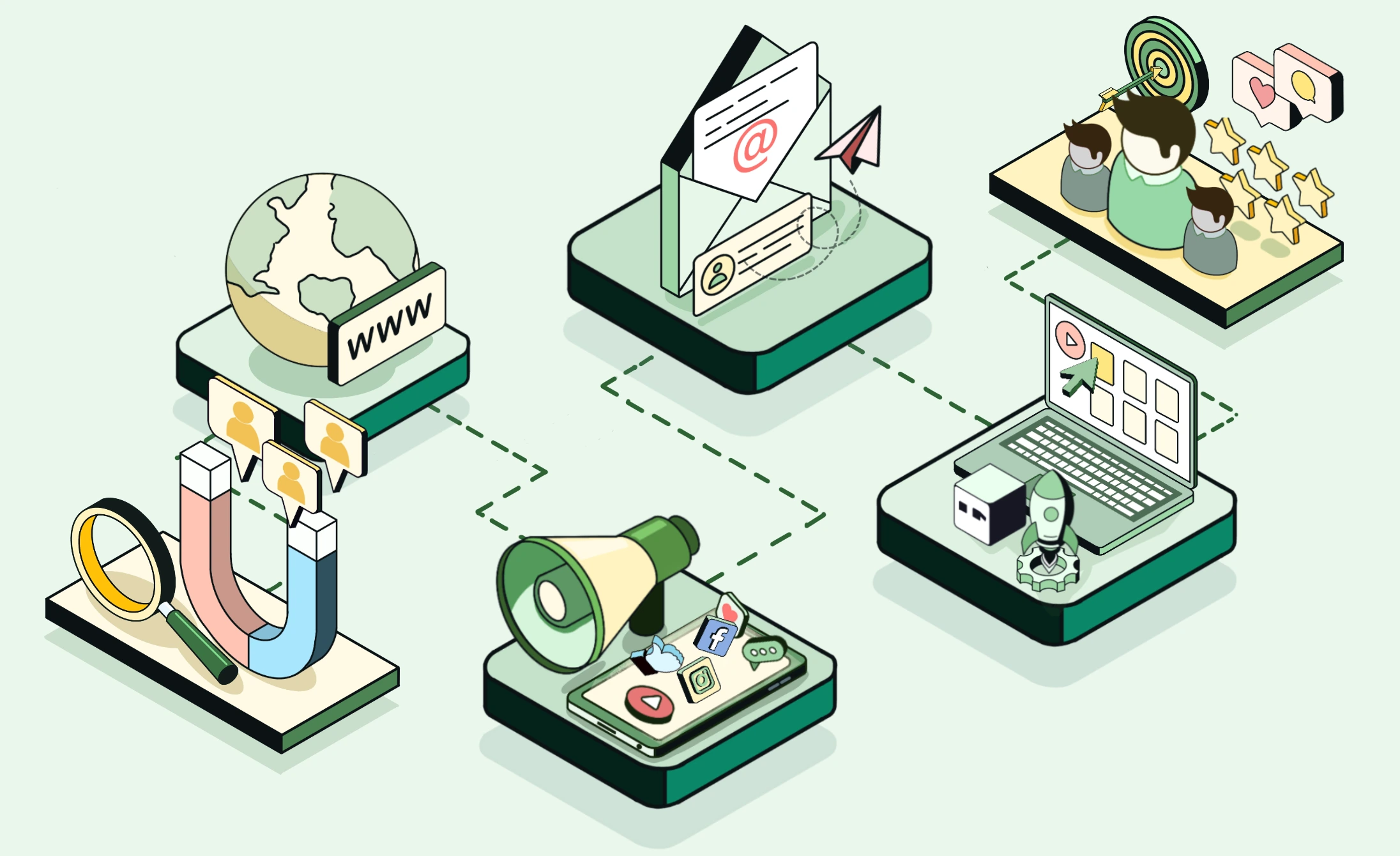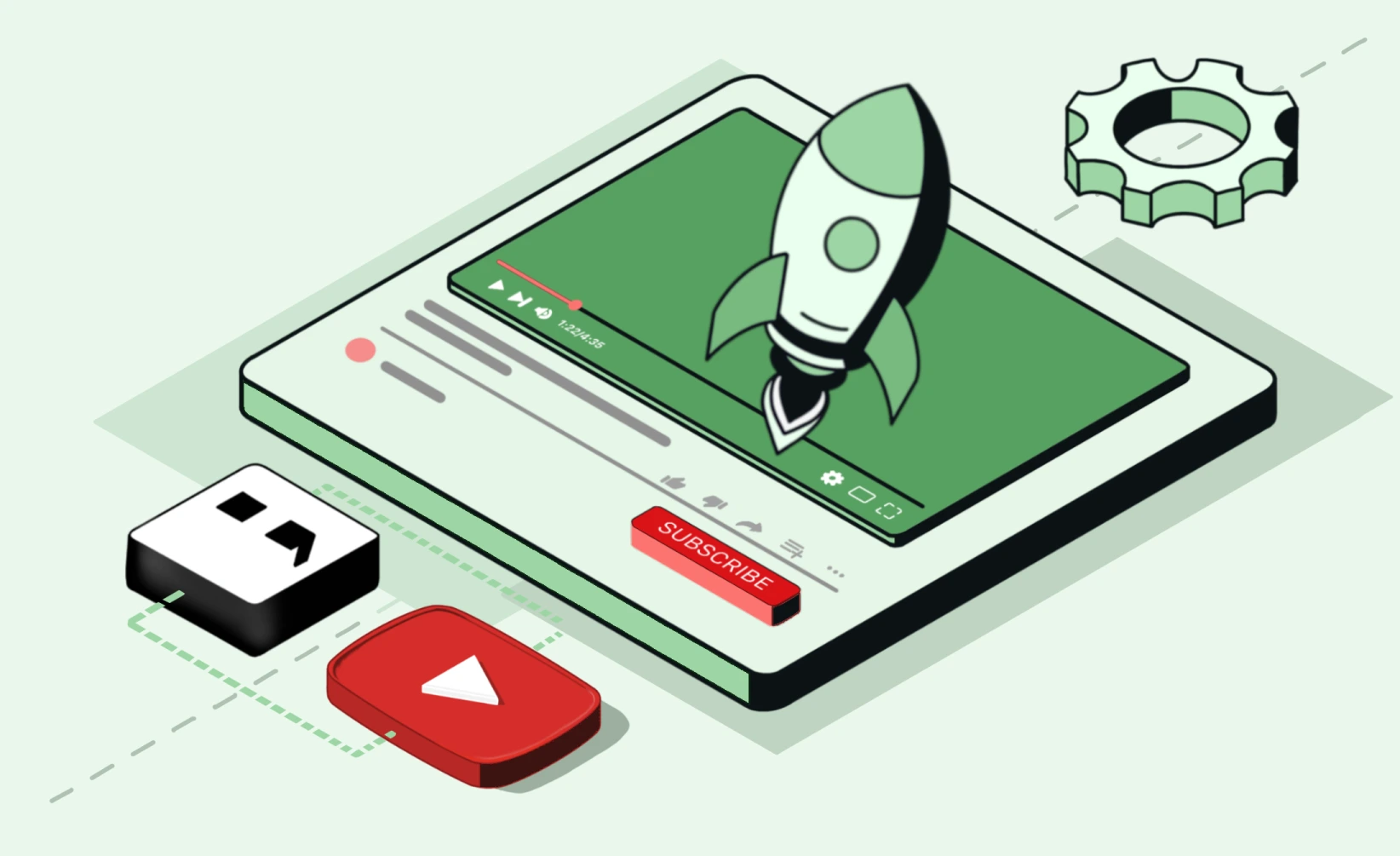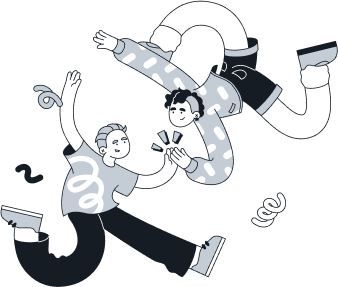The rapid evolution of artificial intelligence (AI) has sparked a question that’s as fascinating as it is unsettling: Will AI eventually replace us? Tools like ChatGPT and DALL-E have transformed how work is done, but they’ve also fueled concerns about an AI-dominated future.
While these fears are understandable, history tells a more hopeful story. Every major technological leap, from the printing press to the internet, has shifted the way humans work, but instead of making people obsolete, these innovations have unlocked new possibilities. They’ve enabled us to focus less on repetitive tasks and more on what we do best: creating, innovating, and leading.
AI is no different. Yes, it handles repetitive processes and analyzes data at unthinkable speeds. But what truly drives progress is the collaboration between humans and AI—a partnership where machines handle efficiency, while humans bring creativity, strategy, and empathy to the table.
In this article, we’ll explore AI’s strengths, its limits, and how working alongside AI allows us to achieve more than ever before. Let’s replace fear with clarity and discover why AI isn’t a replacement—it’s a partner.
Understanding AI and Its Capabilities
Artificial intelligence (AI) is revolutionizing how tasks are handled across industries by excelling in areas that demand speed, accuracy, and scalability. It thrives on well-defined tasks like:
-
Analyzing massive datasets with precision.
-
Automating routine processes to save time and effort.
-
Recognizing patterns and trends that drive actionable insights.
While these strengths make AI an incredible assistant, it is not a replacement for human intelligence. Unlike humans, AI:
-
Lacks creativity to think beyond its programming.
-
Doesn’t have emotional intelligence to connect empathetically.
-
Struggles with adaptability when faced with unfamiliar contexts.
AI follows rules—it’s precise but limited to the data it was trained on. That’s why its value lies in amplifying human effort rather than replacing it. By handling repetitive tasks, AI provides humans with more freedom to tackle creative and strategic challenges that only people can solve.
The Myths of AI Replacement
Despite its growing use, many myths surround AI’s role in the workplace. Let’s address three of the most common misconceptions:

Myth 1: AI Will Take Over All Jobs
While AI is transforming the nature of work, the idea that it will entirely replace humans is unfounded. AI is transforming the nature of work, not eliminating it.
According to the World Economic Forum's Future of Jobs Report 2020, automation is expected to displace 85 million jobs by 2025. At the same time, however, 97 million roles are projected to emerge, explicitly designed for the evolving collaboration between humans and machines.
These new roles will focus on fields like green energy, artificial intelligence development, content creation, and data-driven industries. Careers will also expand in collaboration-focused sectors such as marketing, product design, and project management.
Rather than removing the need for people, AI enables job evolution. Humans will increasingly take on higher-value roles emphasizing creativity, leadership, and strategy—skills that machines cannot replicate.
Myth 2: AI Can Operate Without Humans
AI can perform impressive, specific tasks independently, but humans are essential in guiding and refining its functionality. Without human involvement, AI cannot adapt, grow, or align with broader goals.
Training AI Models
AI systems rely heavily on humans to curate and label training datasets. For instance, OpenAI’s GPT models were trained using diverse data preselected by human teams to ensure relevance. Without this oversight, the models could generate biased or irrelevant responses, underscoring the importance of human involvement.
Managing Workflows
Even advanced systems like Alexa or Siri depend on humans to define workflows, set objectives, and continuously refine their responses. Without human guidance, these systems fail to recognize nuanced contexts or respond dynamically to unpredictable situations.
Complex Industries Require Collaboration
One example of AI’s limitations is IBM’s Watson for Oncology, which struggled to produce actionable medical diagnoses. The failure stemmed from reliance on narrow training datasets and insufficient collaboration with clinicians. Without human input, AI’s capabilities are restricted, especially in fields requiring nuanced, specialized knowledge.
AI provides valuable insights and raw data, but humans remain essential for interpreting, refining, and aligning those outputs with practical goals and ethical considerations.
Myth 3: AI Always Makes the Best Decisions
A common misconception is that AI decisions are inherently flawless and consistently optimal. In truth, AI is limited by its programming and the quality of its data. Poorly defined goals or inadequate contextual understanding often result in flawed or subpar outputs.
For example, chatbots—widely used in customer support—frequently fall short of user expectations. According to a 2023 report by Forbes, 30% of customers abandon a business after just one negative interaction with a chatbot. This often happens because of rigid programming that fails to handle edge cases or emotional nuances, leading to frustration instead of resolution.
These challenges highlight that AI is only as effective as the humans guiding it. While AI can analyze data and suggest actions, it requires human expertise to define goals, ensure ethical alignment, and bring context to its decisions. AI can assist in decision-making, but humans remain at the center of meaningful, strategic, and value-driven outcomes.
The Role of Human Intelligence in Collaboration with AI
As highlighted in the previous section, the true potential of AI is unlocked through collaboration, where humans and machines complement one another’s strengths.
AI handles efficiency and scale, but it’s humans who provide context, emotional nuance, and strategic thinking. This collaboration allows organizations to transform raw data or automated outputs into meaningful, actionable insights.
Here are some examples of how this partnership works in practice:
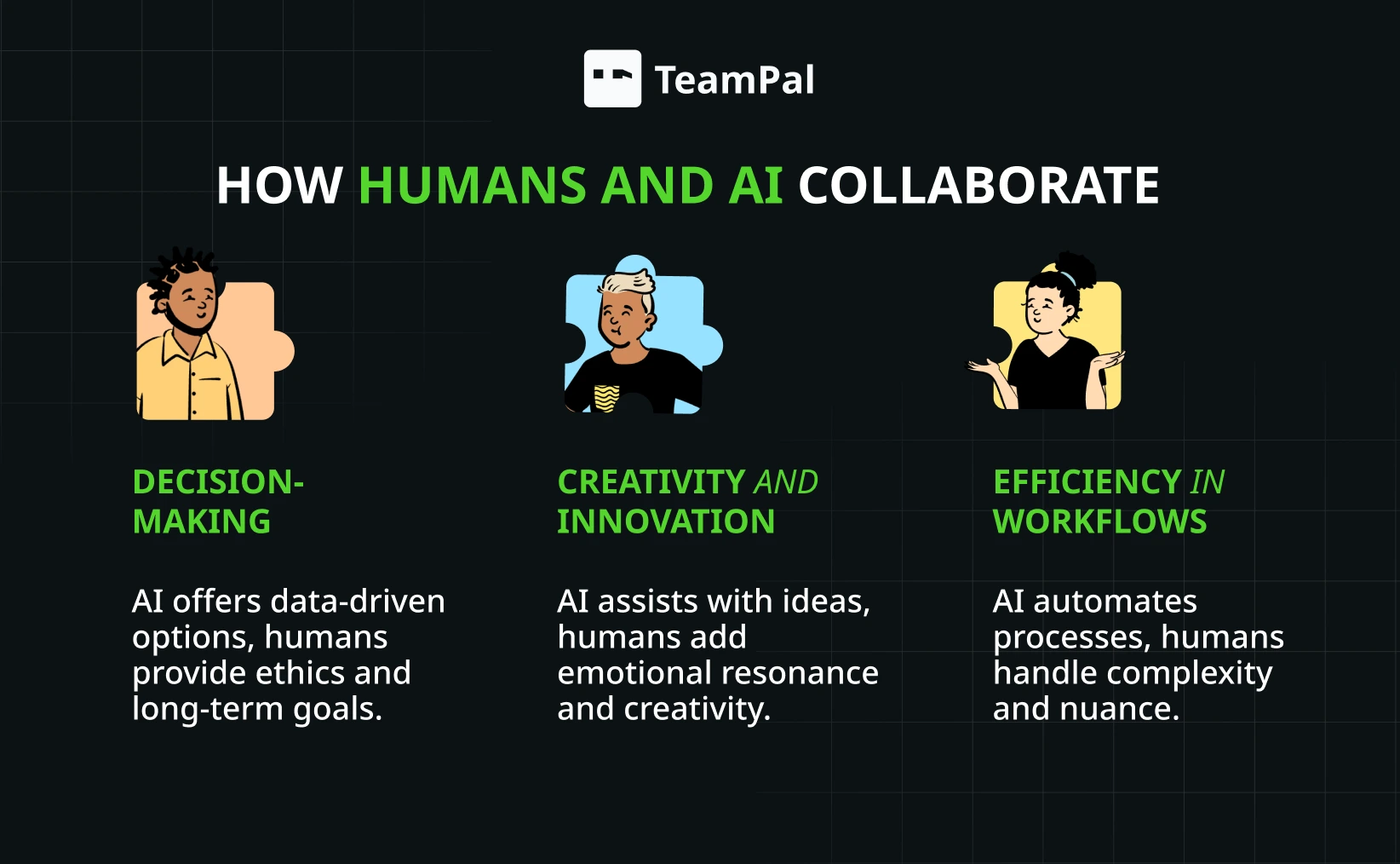
Decision-Making
-
AI identifies patterns in customer behavior or financial data, offering unbiased, data-driven suggestions.
-
Humans interpret these outputs and incorporate ethical considerations, long-term goals, and situational awareness to craft meaningful strategies.
Creativity and Innovation
-
AI generates ideas like blog outlines, visual assets, or design concepts.
-
Humans refine these outputs, infusing creativity, emotional resonance, and brand-specific messaging to connect with audiences.
Efficiency in Complex Workflows
-
In areas like customer service or medicine, AI automates routine analysis or administrative tasks, such as summarizing medical reports or responding to basic queries.
-
Humans focus on high-value interactions, such as tailoring medical diagnoses to individuals or resolving nuanced issues with customers.
By delegating routine tasks to AI and focusing human efforts on creativity, problem-solving, and leadership, this partnership enables unparalleled opportunities for innovation and growth. AI doesn’t replace humans—it amplifies their potential.
Preparing for a Future with AI
The rise of AI is not a passing trend—it’s a transformative force reshaping how we work, create, and solve problems. Preparing for a future with AI doesn’t mean fearing change but embracing its potential as a powerful partner.
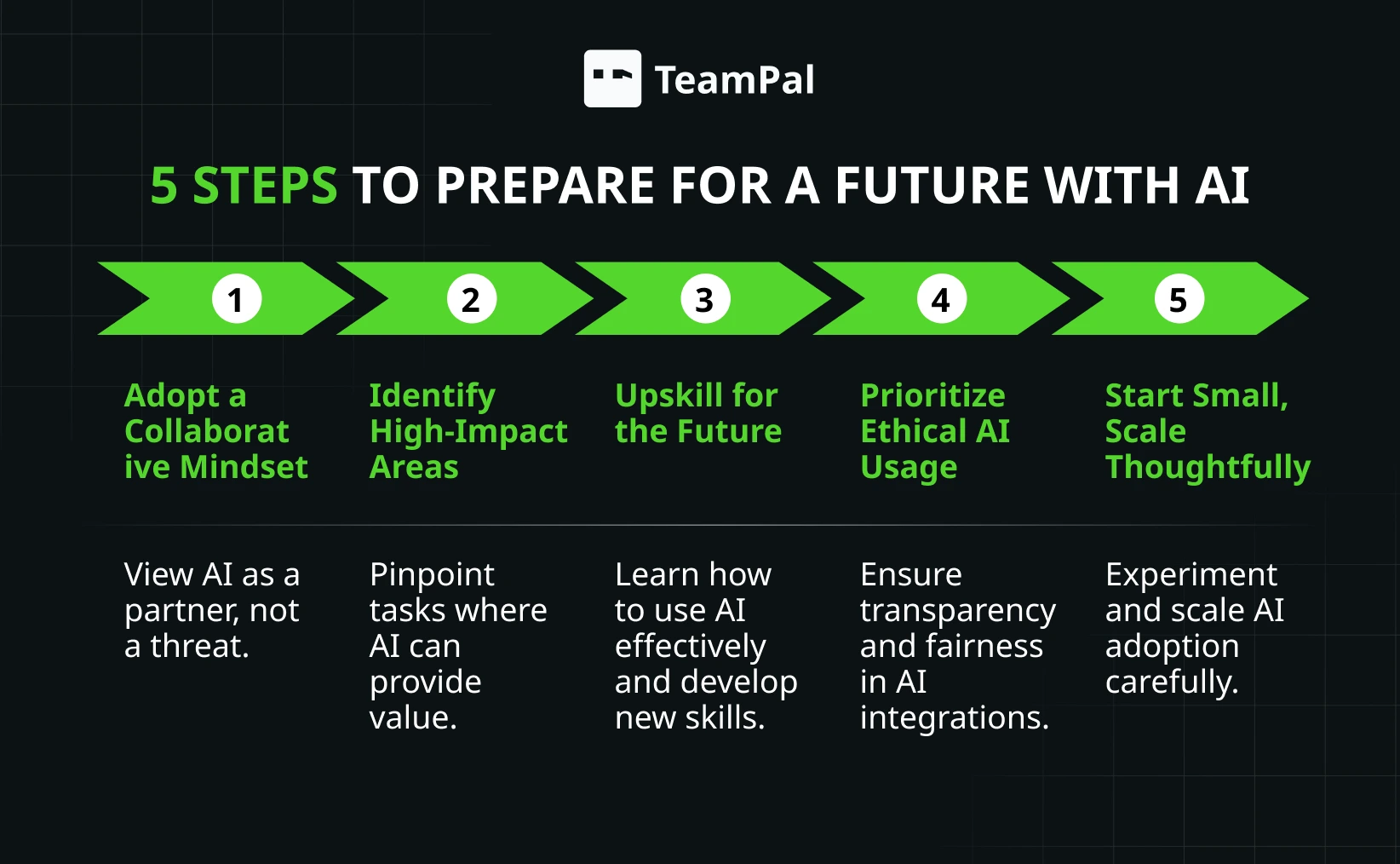
To thrive in this evolving landscape, businesses and individuals must focus on integrating AI thoughtfully and responsibly. Here’s how:
1. Adopt a Collaborative Mindset
The first step in preparing for AI is adopting a collaborative mindset. Instead of viewing AI as a threat, recognize its role as a tool that augments human efforts. AI is here to take on repetitive, time-consuming tasks, empowering people to focus on strategy, creativity, and decision-making. When used responsibly, AI enhances outcomes and creates space for greater innovation.
2. Identify High-Impact Areas
Look at your workflows and processes to identify areas where AI can add the most value. Examples include tasks like:
-
Streamlining repetitive data entry or analysis.
-
Recognizing patterns in customer behavior or market trends.
-
Optimizing workflows for efficiency.
Pinpointing opportunities ensures that AI integration enhances productivity rather than causing unnecessary disruption.
3. Upskill for the Future
AI is only as effective as the people using it. Familiarize yourself with AI tools and focus on learning skills that allow you to collaborate with AI effectively. This can include:
-
Curating data for AI systems to generate accurate outputs.
-
Evaluating AI recommendations and refining them to meet strategic goals.
-
Learning how to implement AI tools in day-to-day workflows.
Adaptability and a focus on continuous learning will be your biggest assets in an AI-driven future.
4. Prioritize Ethical AI Usage
AI must be implemented with clear oversight to ensure responsible and ethical use. This includes:
-
Eliminating bias in AI outputs by monitoring training data and results.
-
Maintaining transparency in how AI is used to build trust with customers and teams.
-
Ensuring human oversight in decision-making to prevent unintended consequences.
Thoughtful, ethical AI deployment strengthens confidence in its role as a partner.
5. Start Small and Scale Thoughtfully
Begin integrating AI one process at a time. Whether it's using AI to analyze data, automate administrative work, or generate creative ideas, small wins build confidence. Once you’ve identified what works, gradually scale up AI usage to tackle more complex or cross-functional tasks.
If you’re ready to explore these opportunities, tools like TeamPal make it easy to start your AI journey today. As an easy-to-use platform that is designed to support businesses of all industries, TeamPal can help you get started quickly and scale your workflows with minimal effort.
Final Thoughts
The question isn’t whether AI will replace humans—it’s how humans and AI can work together to achieve more. AI excels at processing data, automating repetitive tasks, and recognizing patterns, but it is humans who bring context, creativity, and ethical judgment to the table.
The future of work lies in this partnership, where AI amplifies human potential rather than competing with it.
By embracing AI as a tool for collaboration, we can focus on innovation, problem-solving, and meaningful connections—areas where humans truly shine. The key is not to fear the rise of AI but to harness its power thoughtfully and combine it with our unique abilities to shape a future that benefits everyone.
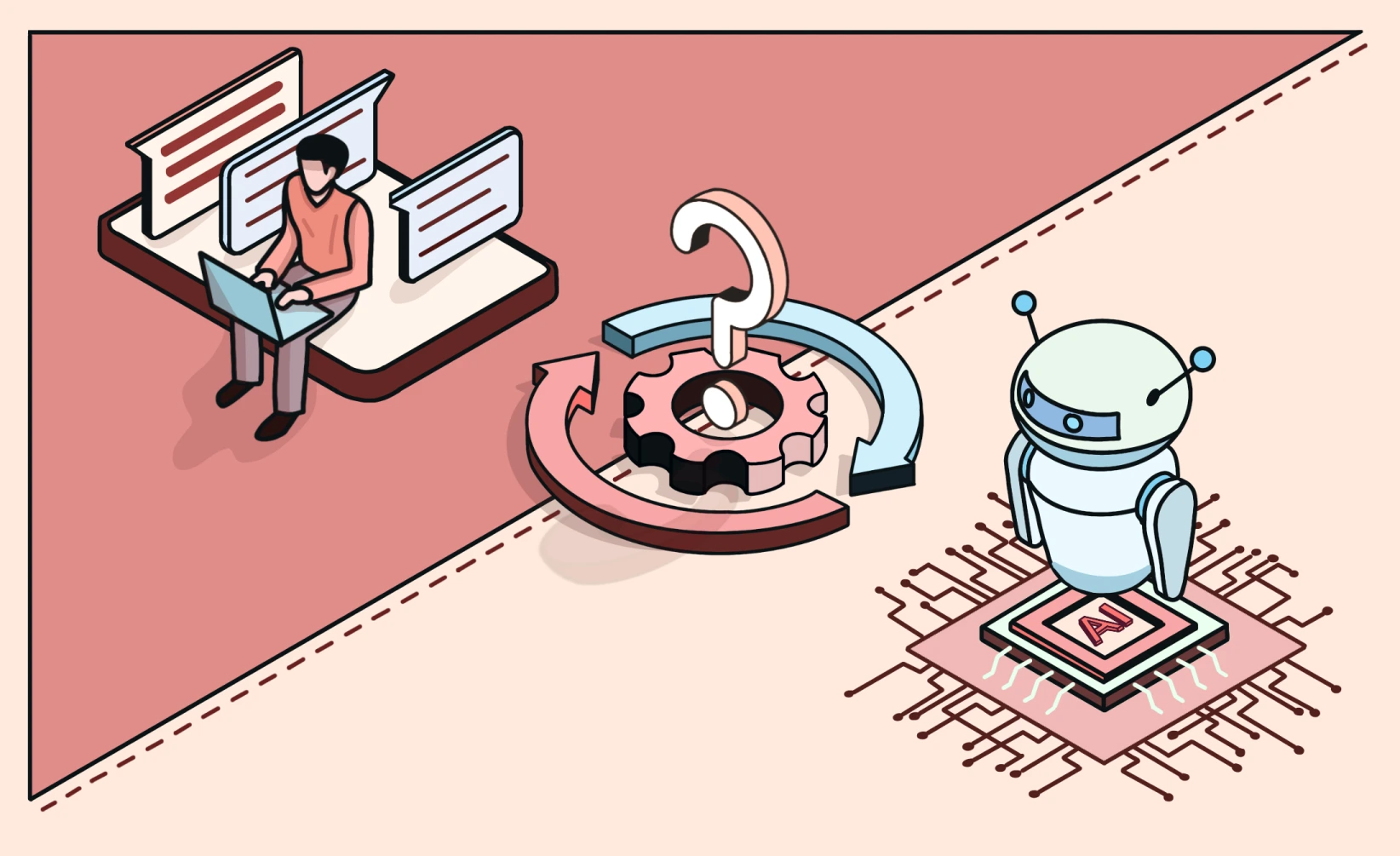


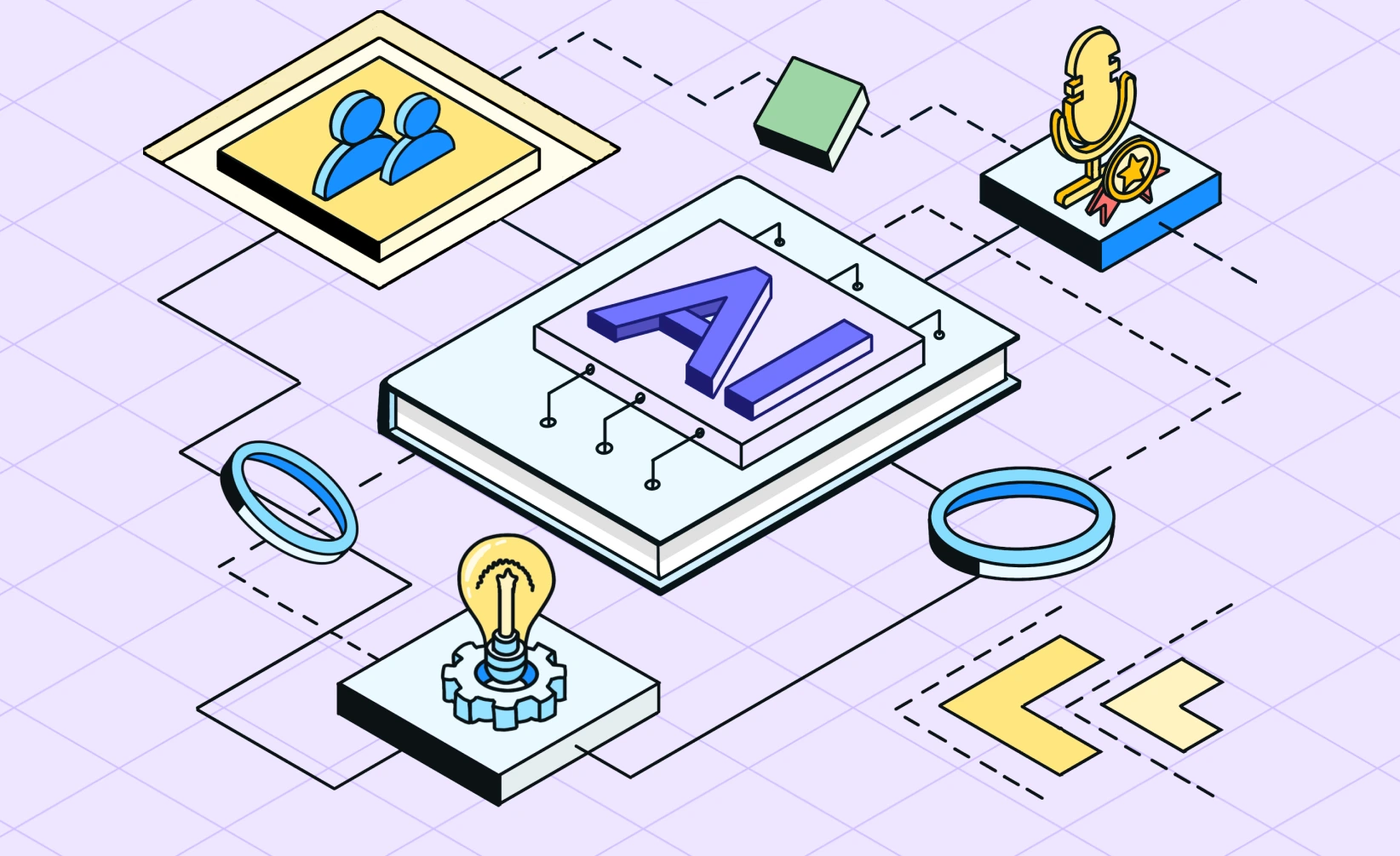
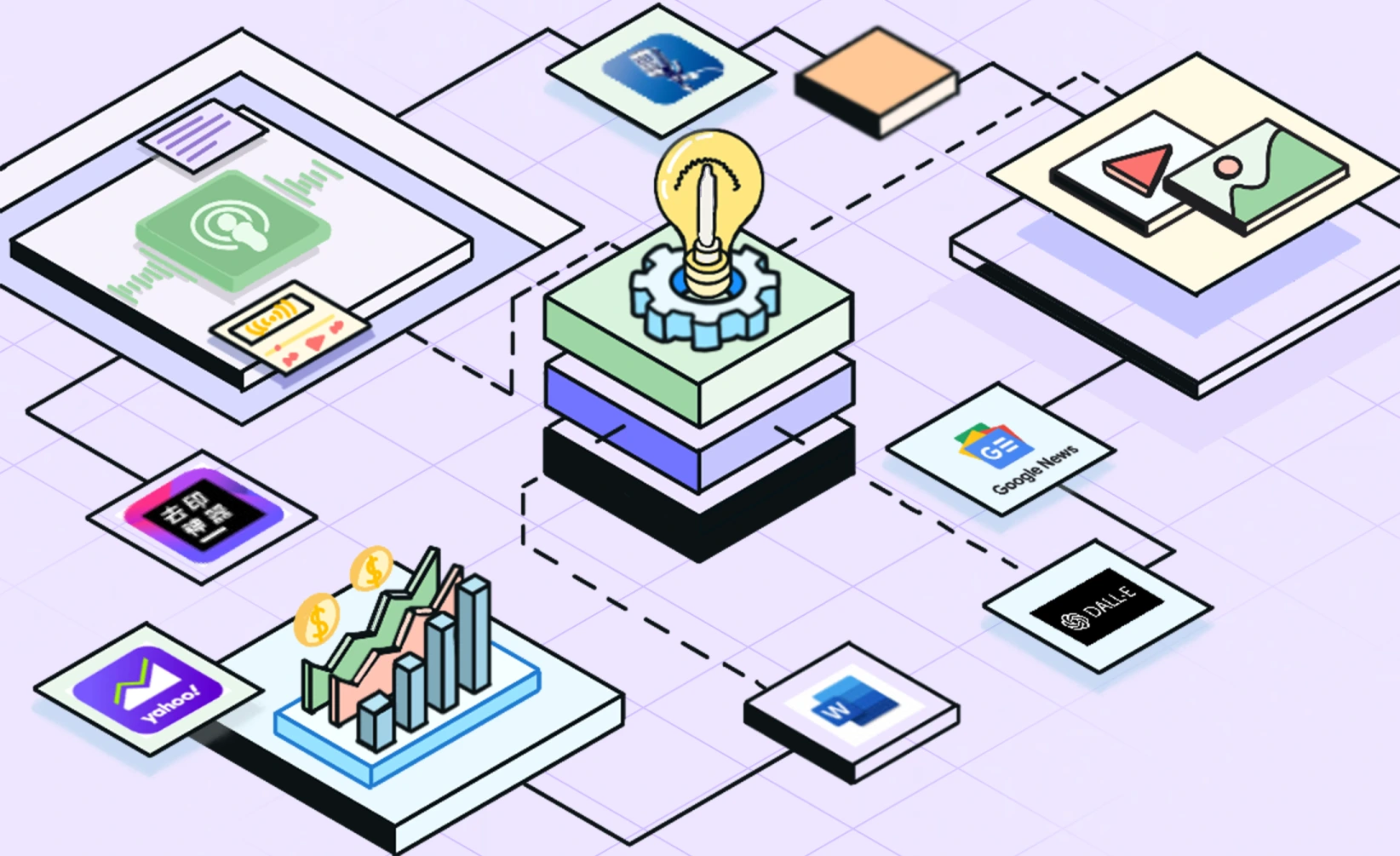

![[Product Update] Introducing Group Chat: Let Your AI Agents Work Together](/storage/photos/916/announcement-2/introducing-group-chat.webp)
![[Product Update] No More Prompt Copy & Paste: Meet Custom Tasks](/storage/photos/916/announcement-1/product-update-say-hello-to-custom-tasks.webp)


